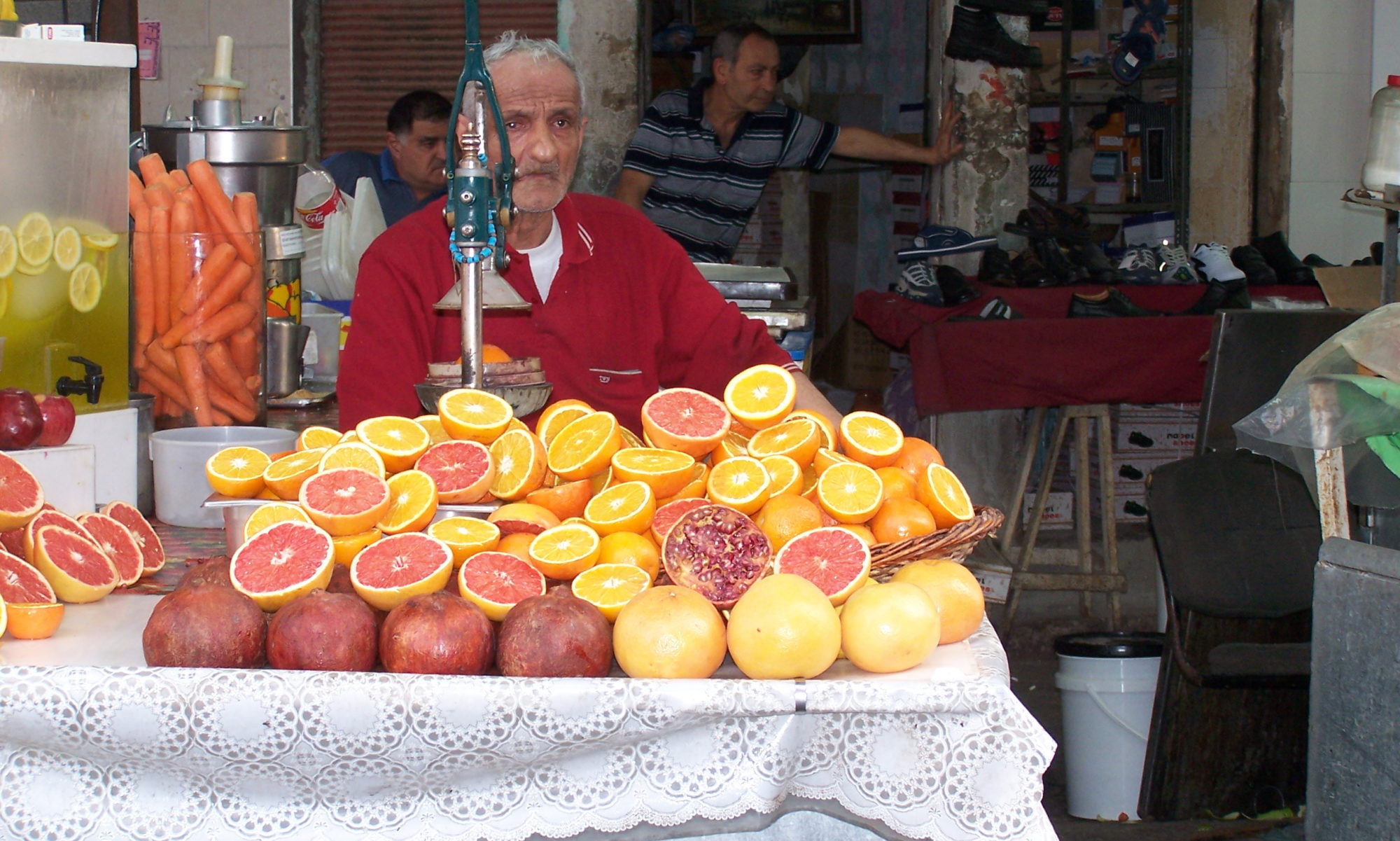When I hear someone say “blood oranges”, I am immediately whisked away to my time in Lugano and my many trips over the border into Italy. They have a perfume like no other and I loved having a tall freshly squeezed glass of the beautiful blood red juice. As I drank the sweet and tangy glass of nectar, I thought about the blue waters of Sicily. So when I made my weekly trip to my local organic farm shop and saw a crate full of blood oranges, my heart burst with joy. “Where are these from?”, I asked the green grocer. “They are from a farmer in the Golan. They just arrived.”
Mr BT was returning from a business trip in a week, so I asked if they were going to be selling them for a while, and he said yes. So, a few days before Mr BT’s return, I bought enough for cocktails and for an idea I had for a Passover dessert. Initially, I was going to make an upside-down blood orange polenta cake which some Italian Jews serve for dessert on Passover, but the weather started getting warmer and I thought a nice simple tart with a creamy blood orange curd sounded more refreshing.
Until I cut into the orange, I was not sure what variety the oranges were, but as soon as I saw the dark red flesh, I knew they were the lovely Moro variety. The flavor is stronger and the perfume is more intense than a normal orange. It is more bitter than the other varieties, which is perfect for cocktails, marmalade, and creamy, luscious curd.
Mr BT and I have a history with blood orange juice: our guests were served a blood orange caipirinha when they arrived at the reception. The cocktail represented my Italian ancestry, payed homage to my Brazilian cousins, and reminded Mr BT that he was created from a beautiful love in Rome, the place where his parents married, lived, loved and made Mr BT.
The tart was made with simple ingredients, but delivered even more than I expected. It brought back beautiful memories of my time in Lugano and trips to Italy, my wedding, my in-laws’ grand love affair, and stirred the excitement of a early fall trip to one place neither one of us have been to: Sicily. We will be celebrating rather important, ahem, birthdays this year, and what better place to do so, than in beautiful Sicily?
- 6 egg yolks
- Zest of 2 blood oranges
- 125 milliliters (½ cup) blood orange juice
- 1-½ tablespoons lemon juice
- 165 grams (¾ cup) caster (superfine) sugar
- 70 grams (5 tbsp) cold butter, chopped
- 170 grams (6 ounces) whole almonds
- 1/4 cup caster (superfine) sugar
- 2 teaspoons blood orange zest
- 70 grams (5 tablespoons) butter, melted
-
Place the egg yolks, orange juice, lemon juice and sugar in a saucepan over low heat and whisk to combine. Cook, stirring constantly, until thickened. Remove from the heat and gradually add the butter, stirring well after each addition. Pour into a bowl, press a sheet of plastic wrap onto the surface of the curd to prevent a skin from forming. Refrigerate for 1 hour or overnight. The curd should be thick.
-
In a food processor, grind the almonds with the sugar and orange zest until finely ground. Add the butter and pulse a few times, until the butter is evenly distributed. You may need to stir the mixture with a spatula before placing it in the tart tin. Pat almond mixture into the bottom and sides of tart tin. Bake for 10 minutes, until the nuts are lightly toasted, then remove to a rack to cool.
-
Fill the tart crusts with the curd. You can decorate it with a curl of blood orange peel or serve as is.






































